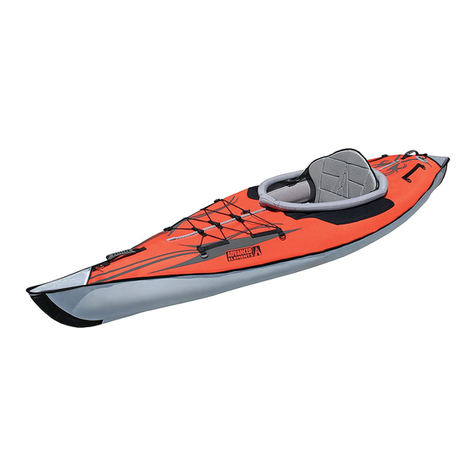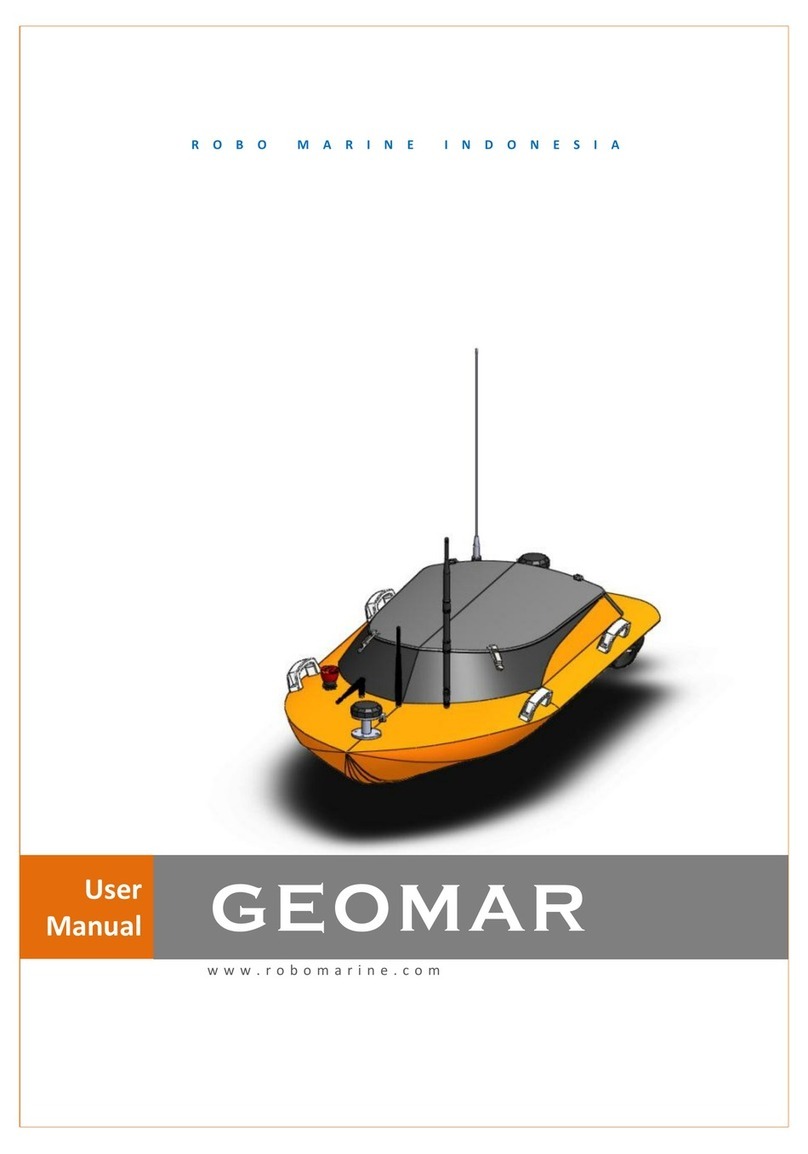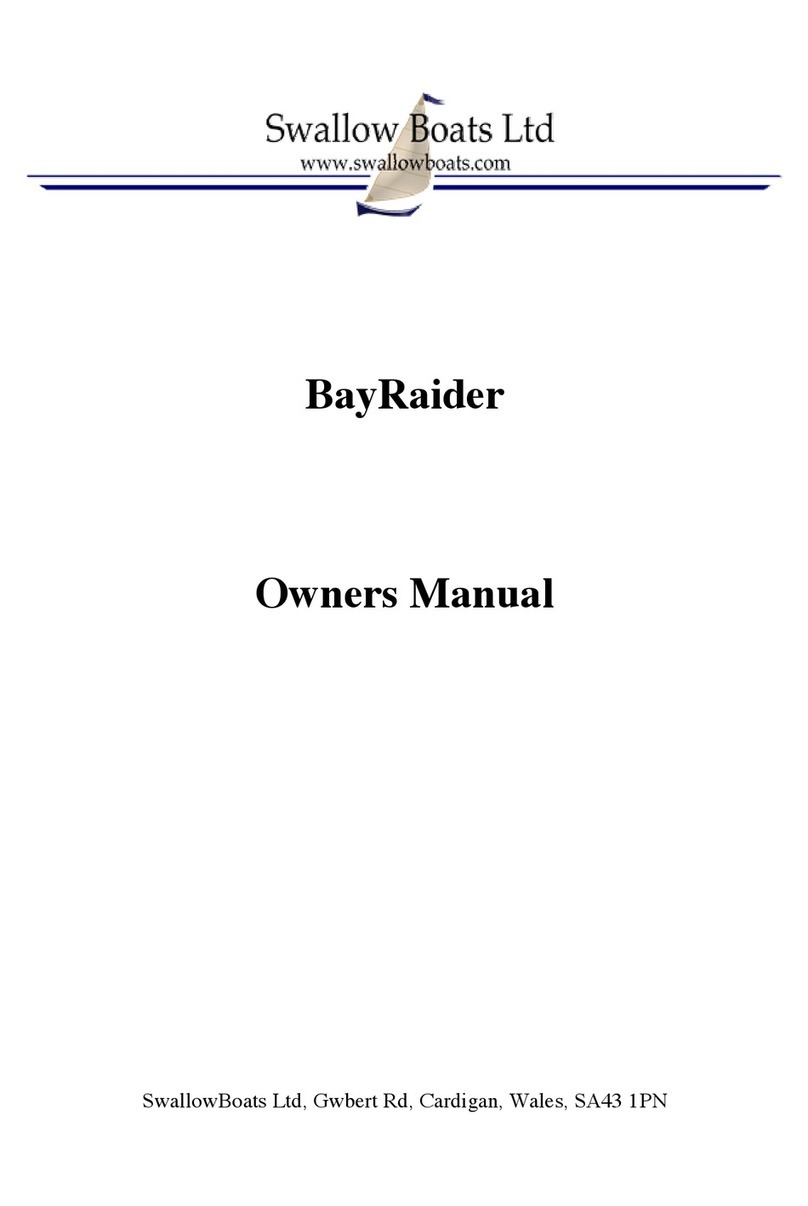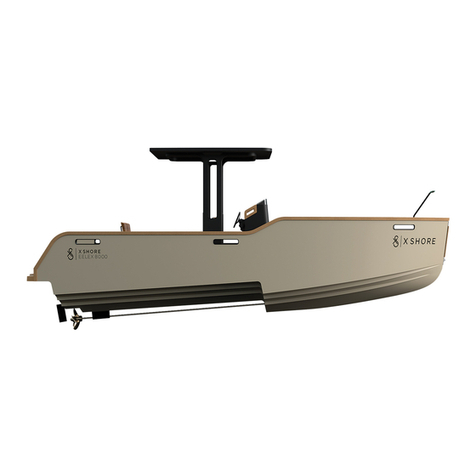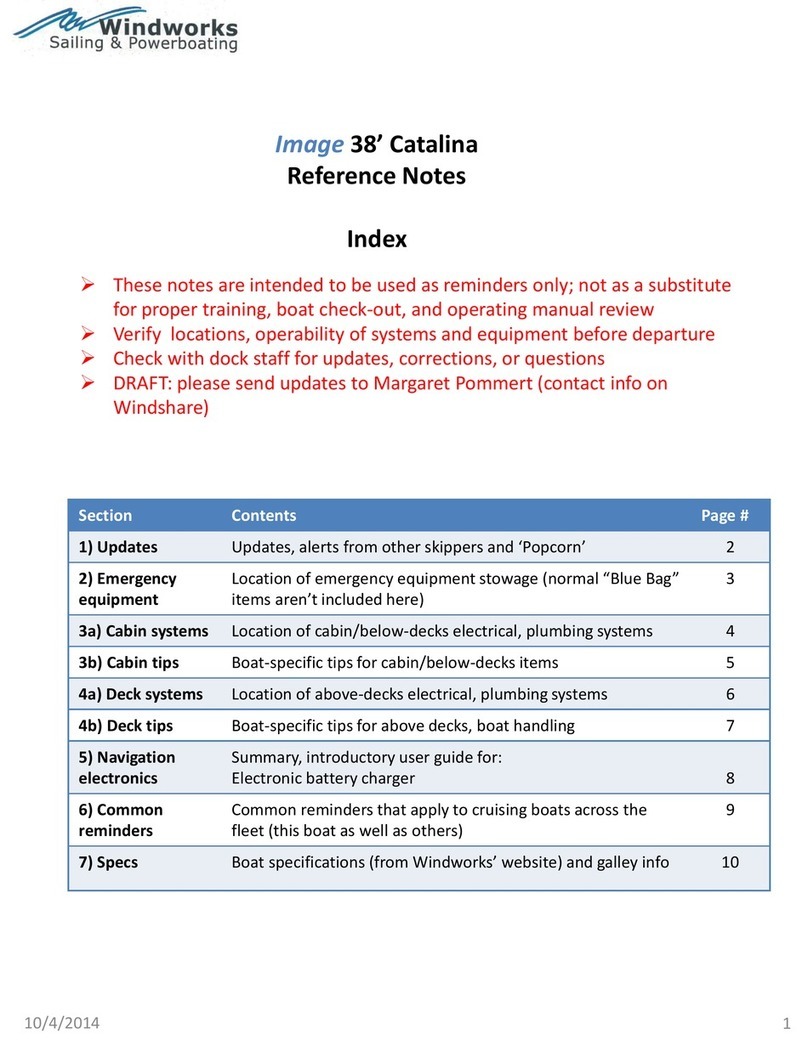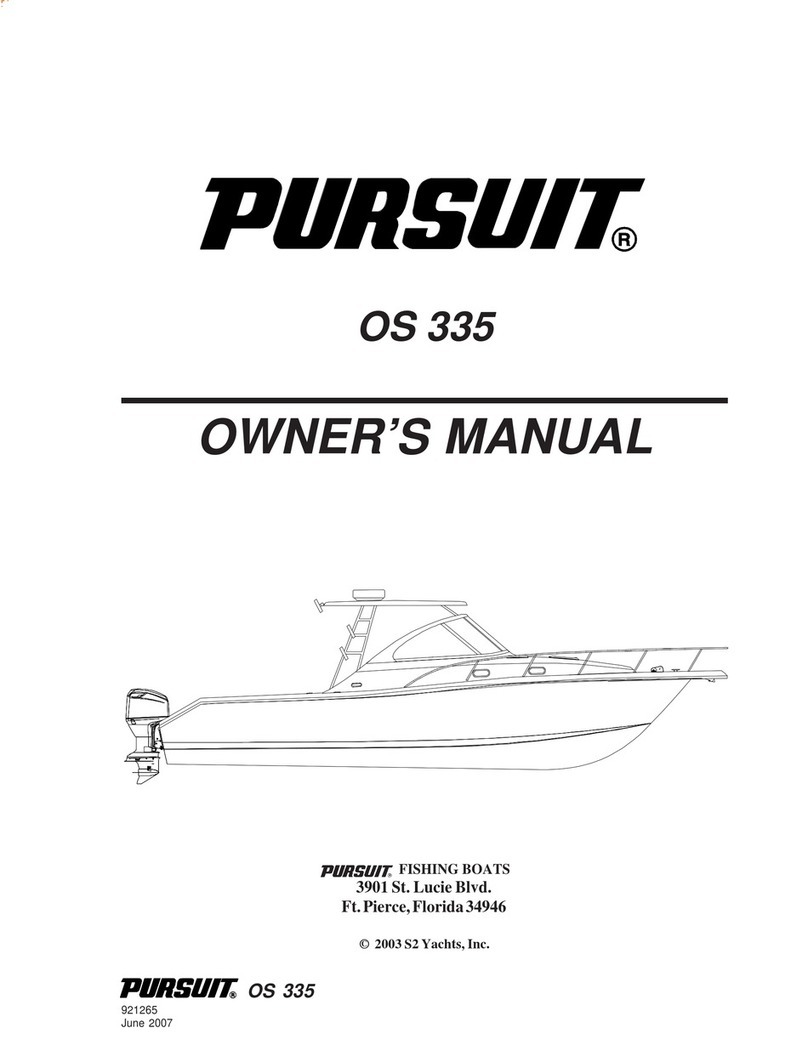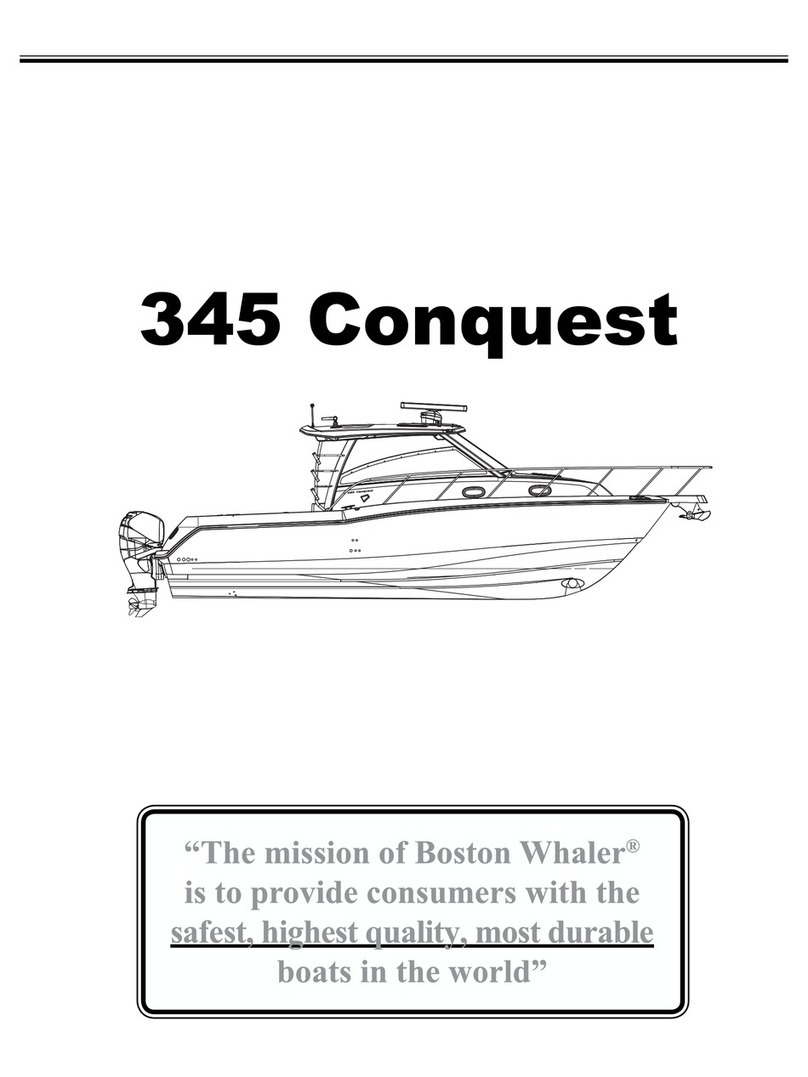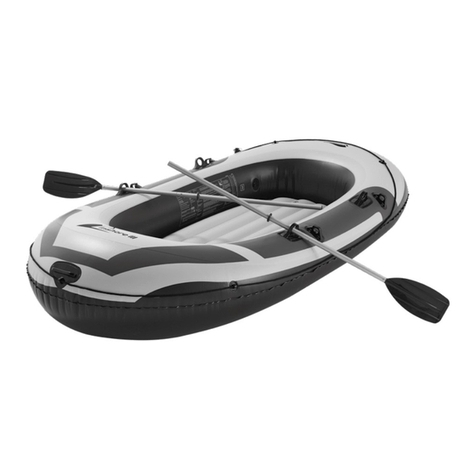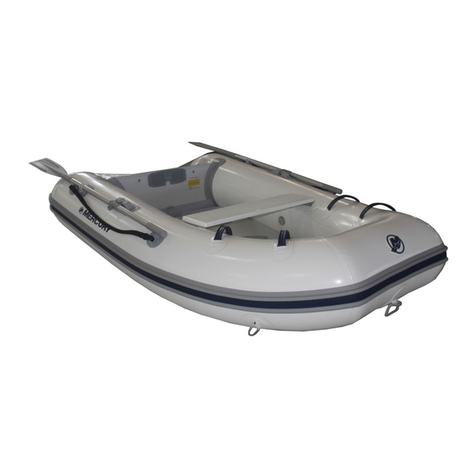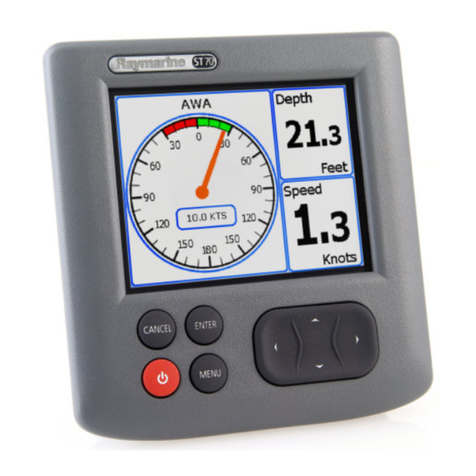
2 / 14
Safety Precautions and Warnings
AGE RECOMMENDATION: NOT FOR CHILDREN UNDER 14 YEARS, THIS IS NOT A TOY
As the user of this product, you are solely responsible for operating in a manner that does not
endanger yourself and others or result in damage to the product or the property of others.
▪ Always keep a safe distance around your model to avoid collisions or injury. This model is
controlled by a radio signal subject to interference from many sources outside your control.
Interference can cause momentary loss of control.
▪ Always operate your model in open spaces away from full-size vehicles, traffic and people.
▪ Always follow the directions and warnings for this and any optional support equipment
(chargers, rechargeable battery packs, etc.).
▪ Always avoid exposing the electronic parts of this model to water. Moisture causes damage
to electronics.
▪ Never operate your model with low transmitter batteries.
▪ Always keep your model in sight and under control.
▪ Always use fully charged batteries.
▪ Always keep transmitter powered on while vehicle is powered.
▪ Always remove batteries before disassembly.
▪ Always keep moving parts clean.
MADE IN CHINA
Introduction
The Eclipse 1M is the ideal way to experience the pleasure of sailing on a gentle
summer’s breeze, or the excitement of racing your own America’s Cup racing
yacht. The large one meter (39”) hull is precision blow-molded from high-strength
ABS and features durable, reinforced rip-stop nylon sails that arrive pre-printed
with bright, attractive graphics. Easy to assemble, the Eclipse 1M arrives with
most of the difficult and time consuming rigging already completed, making final
assembly quick and convenient. A sealed, water-resistant deck hatch protects
internal electronic components such as the “drum-style” sail winch servo which
delivers additional power and smoother, more scale-like functionality than regular
servos. Perhaps the most impressive feature of this sailboat is the size -
measuring over 7’ (213cm) tall from the bottom of the ballast bulb to the tip of the
mast.
The Eclipse 1M is an RTR boat, and arrives with everything required to start
sailing. In addition to the pre-trimmed and decorated hull, inside you’ll find a
2.4GHz radio system, rip-stop nylon sails and all the rigging parts necessary to
easily build the mast. The Eclipse even includes a lightweight boat stand for -
diaplay and maintenance. Best of all, the Eclipse is quickly and easily dismantled
for transportation. All you need to add are 4 AA batteries for the transmitter and
another 4 AA’s to power the radio receiver and your set for your maiden voyage!
!
Distributed and Serviced by:


